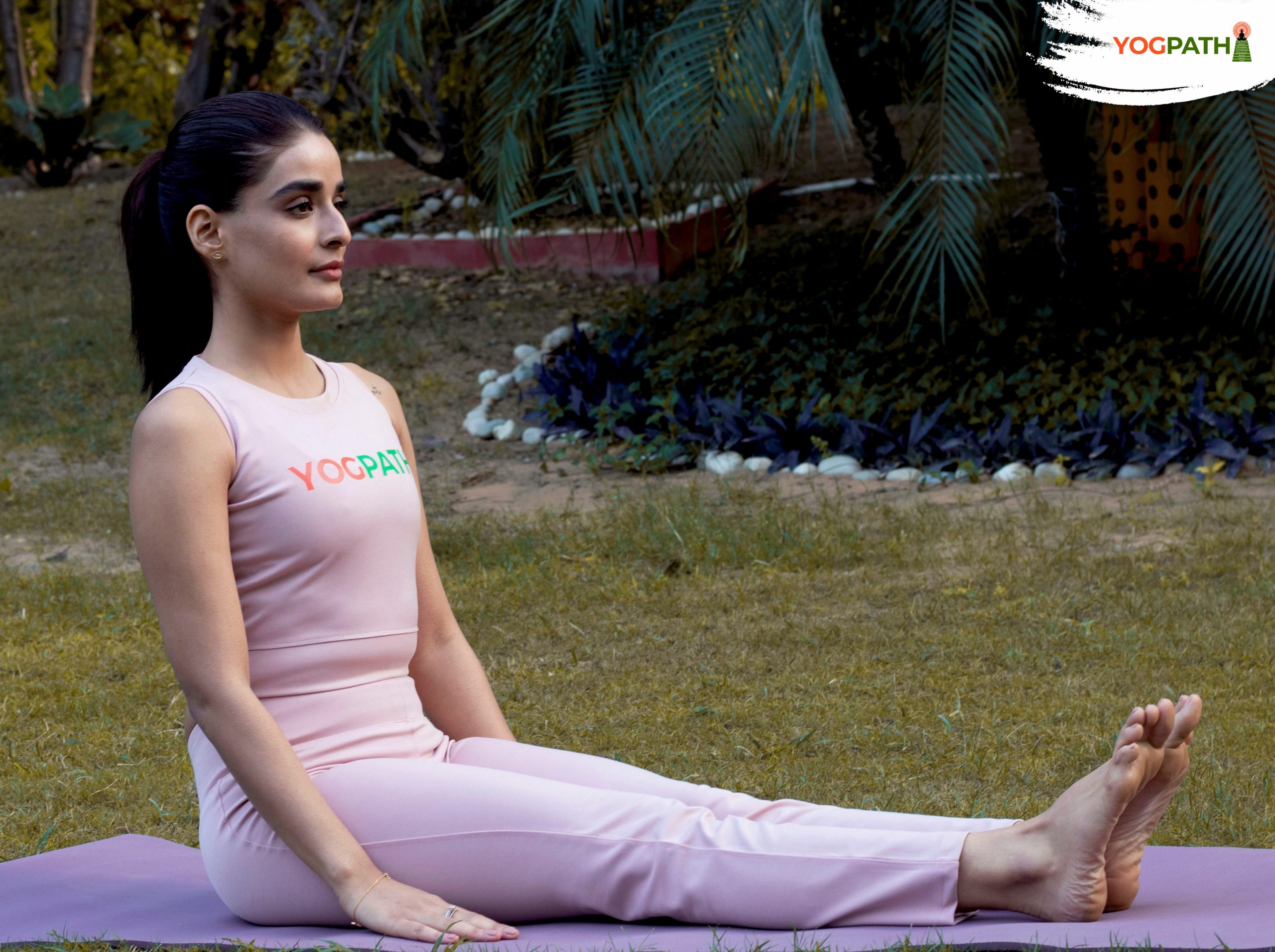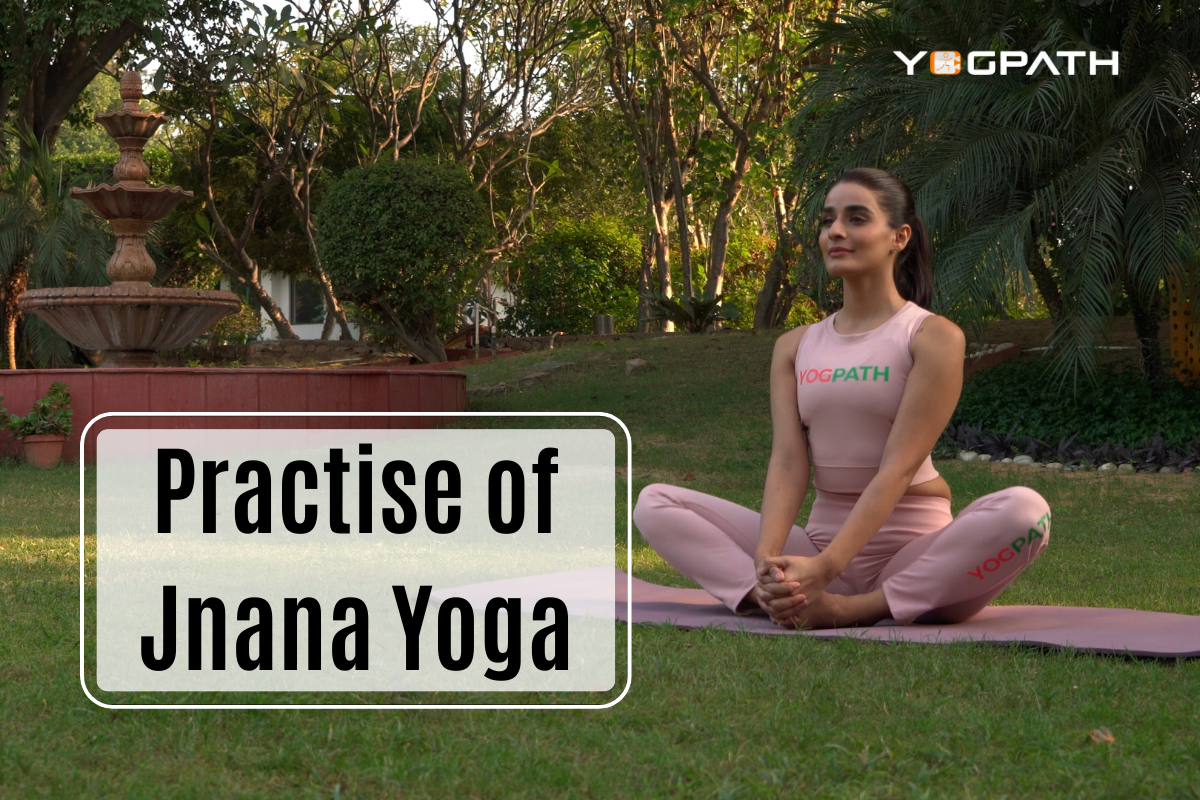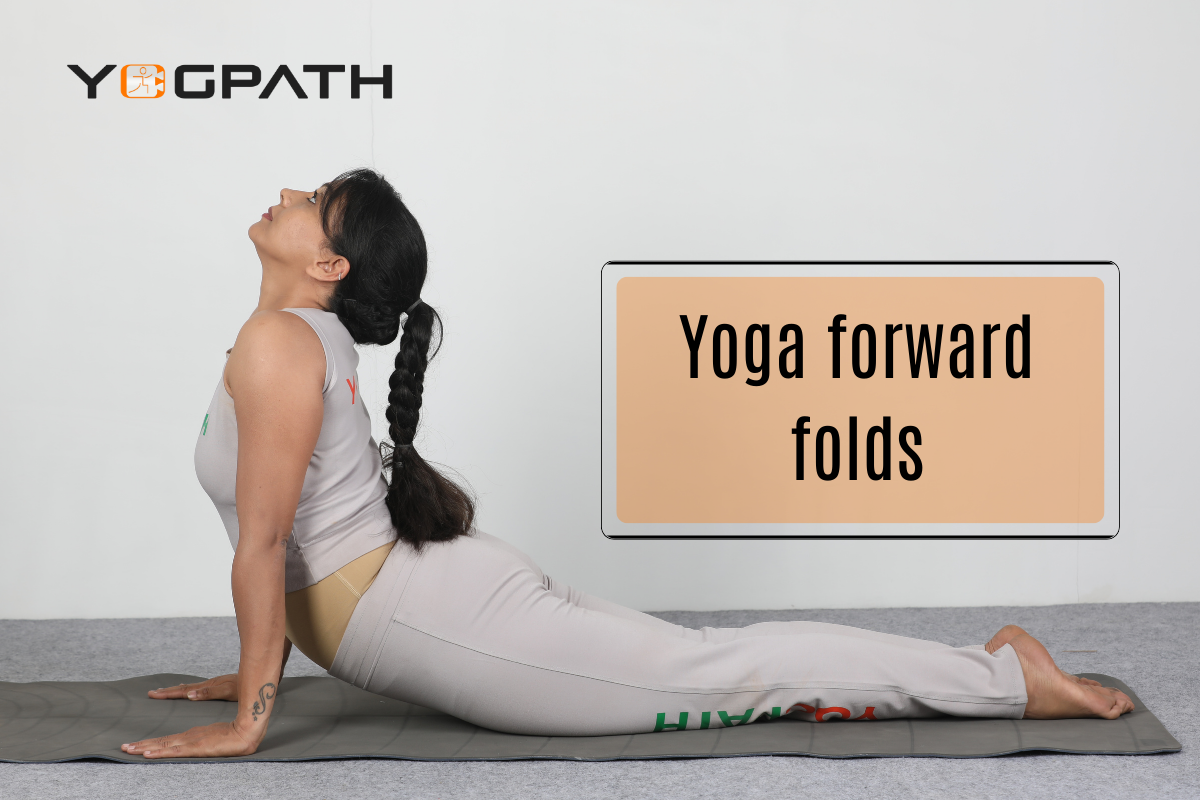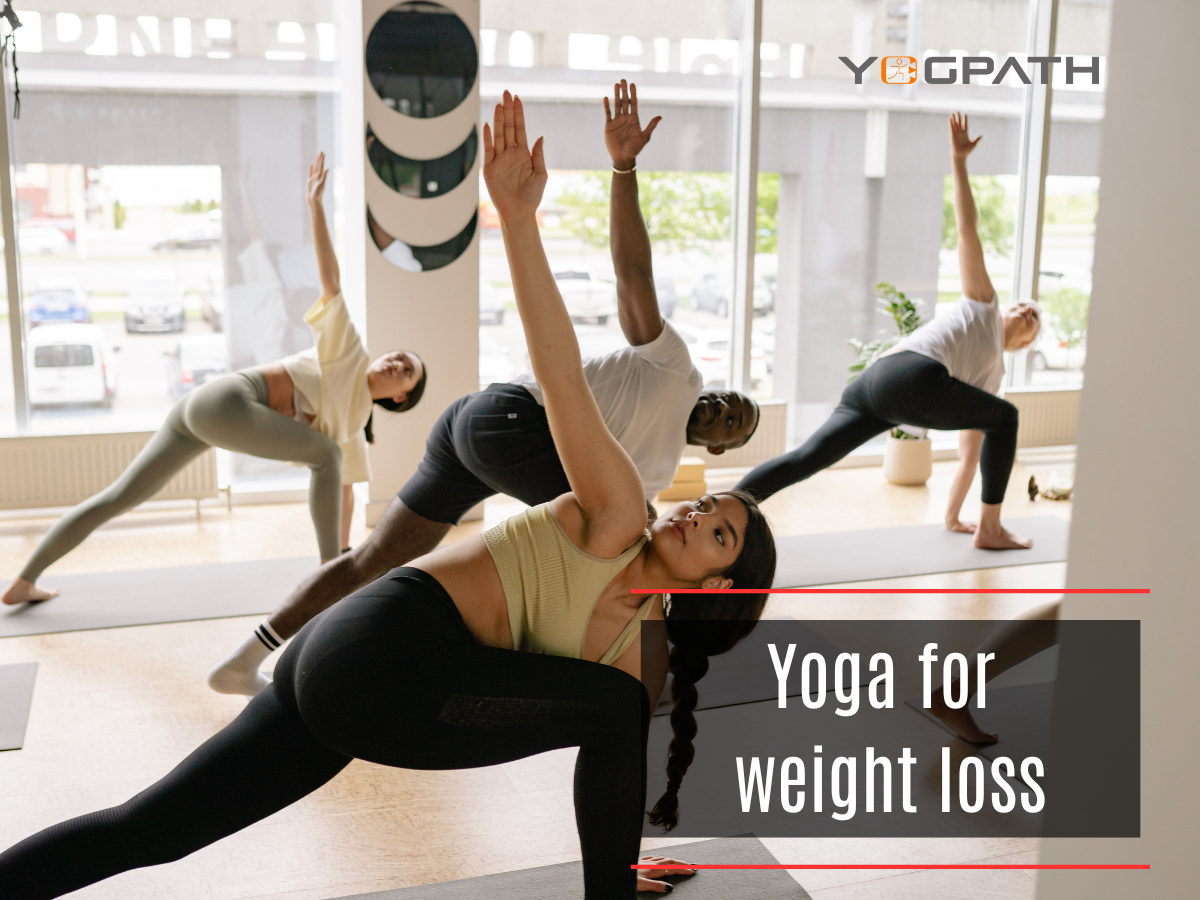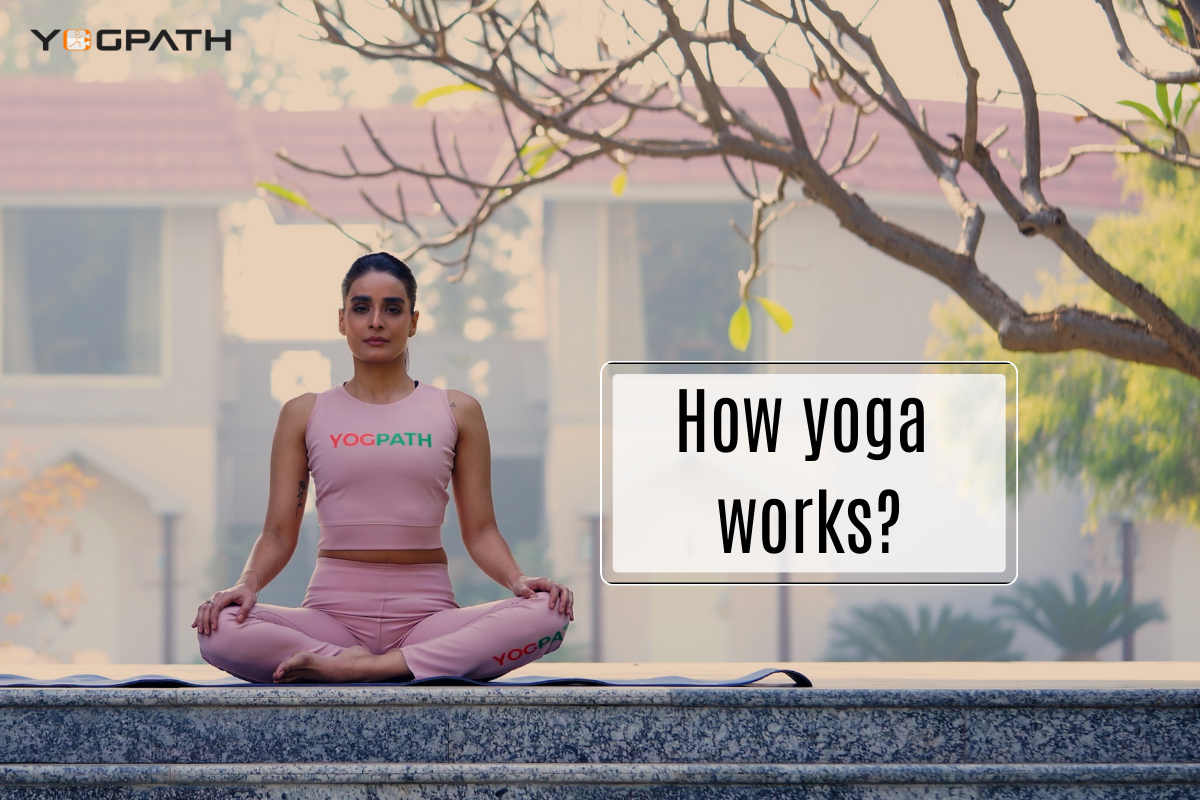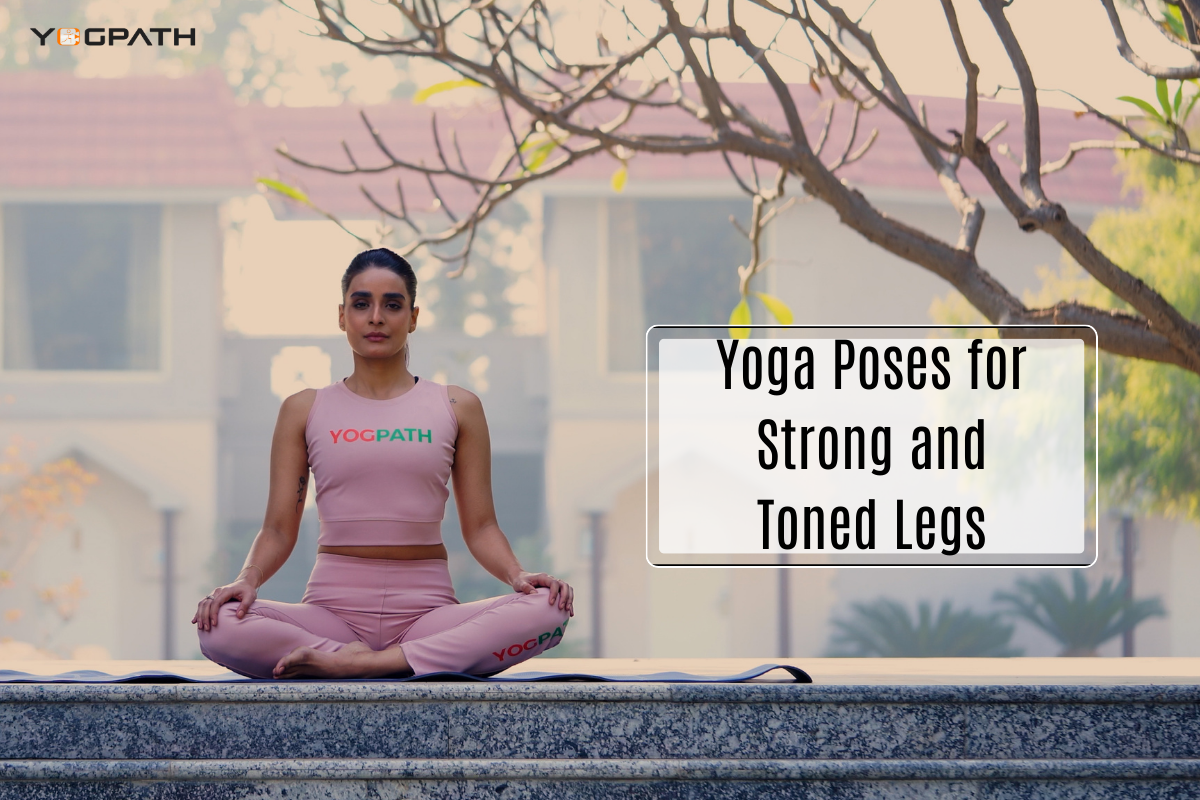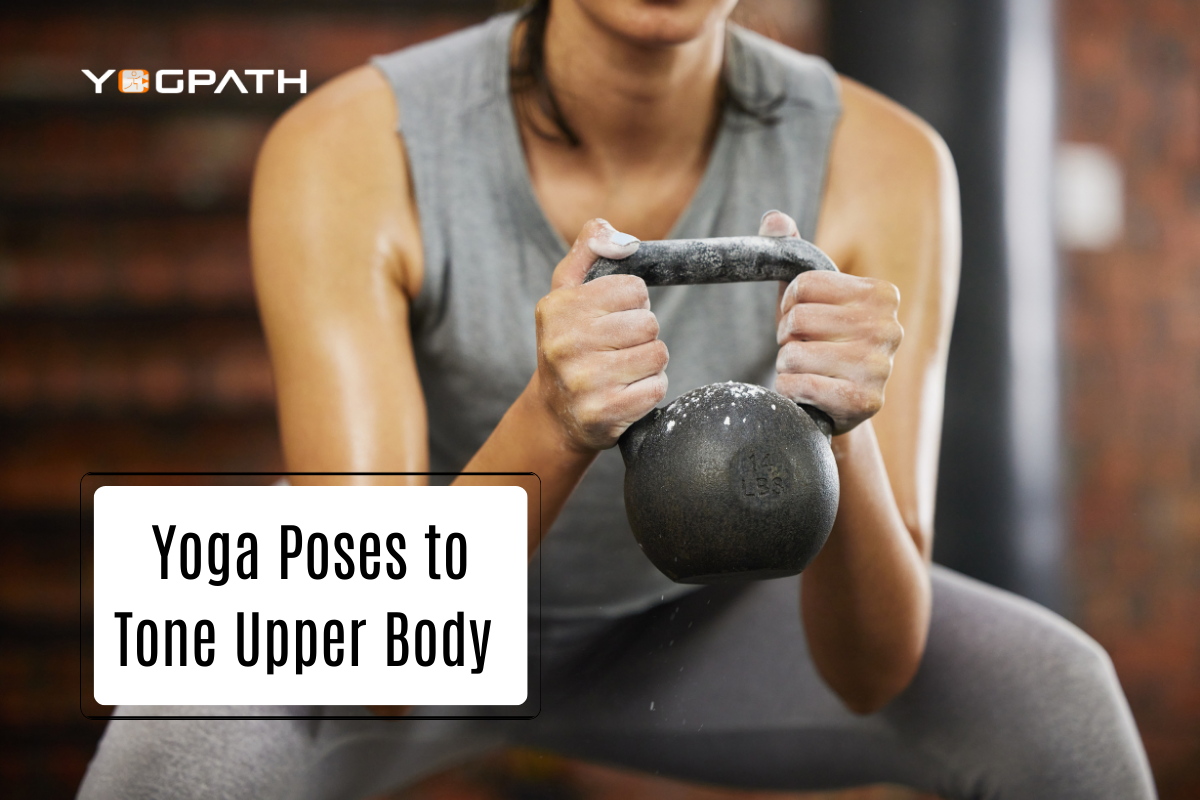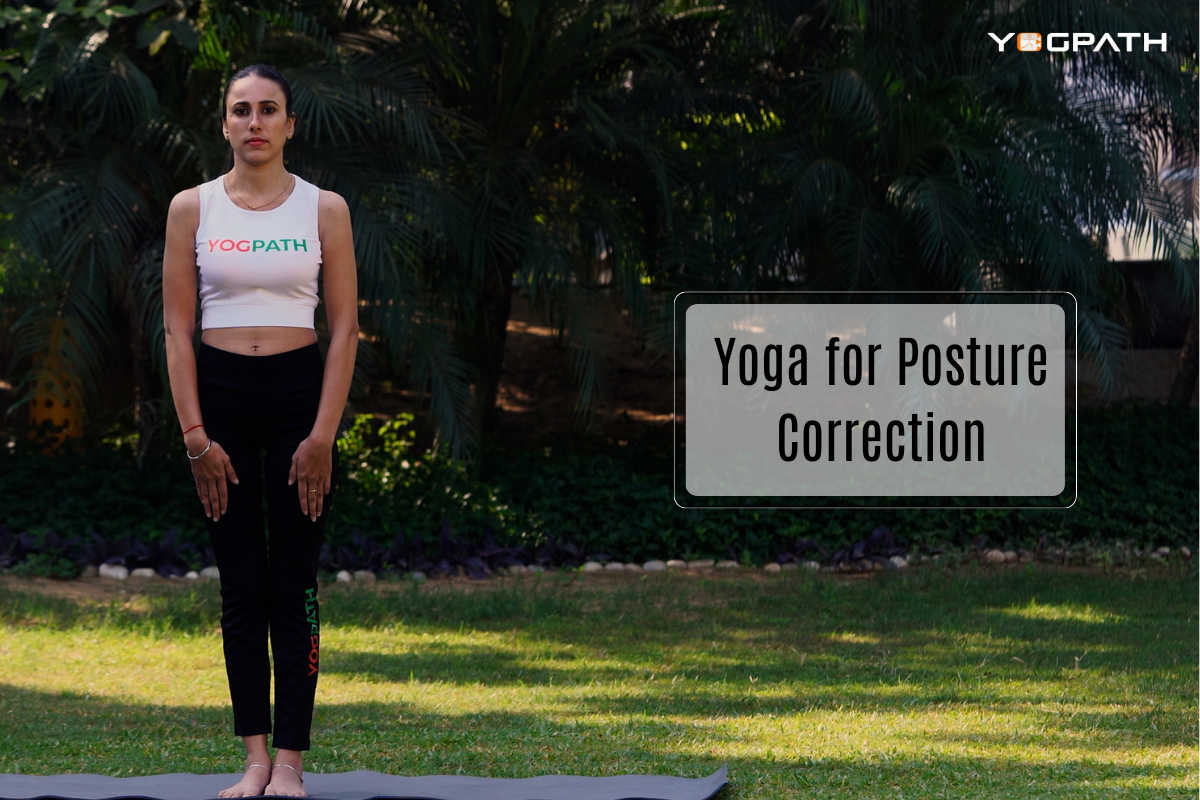
Anxiety disorders and depression are receiving more attention. Preventative measures and non-medicated treatments are recommended by therapists, psychologists, and psychiatrists before medication is tried.
What are the psychological advantages of yoga, and how do they arise?
Taking up yoga is a great way to make positive changes to your life. Usually, medical professionals will advise you to start doing some sort of physical activity. Also suggested are alterations to one’s diet and a regular meditation practise. Yoga combines the first two of these into a single practise. Here are just a few of the many ways in which yoga can help your mental health.
1) Reduces Anxiety
Yoga is highly recommended by medical professionals due to the fact that its complex postures and breathing exercises help to relax both the body and the mind. Anxiety and panic attacks are common mental health issues, but you can keep them at bay by practising these poses regularly.
2) Focuses the Mind
Yoga is recommended for people with attention deficit hyperactivity disorder (ADHD) because it calms the mind and helps the body relax and focus. The inability to maintain focus and attention is a hallmark of attention deficit hyperactivity disorder (ADHD); however, yoga poses that emphasise deep breathing and mental concentration have been shown to be beneficial for this condition.
3) Boosts your disposition
Endorphins and dopamine, two energising brain chemicals, are released during vigorous physical activity. This aids in maintaining a healthy emotional equilibrium and fighting off mental health issues like depression. Yoga is highly recommended by therapists for calming the mind and increasing focus and positivity. Those suffering from bipolar disorder, which causes extremes of emotion, can find relief from this method.
4) Encourages Self-Assurance
Depression and anxiety are often blamed on a lack of confidence or self-esteem, both of which can be alleviated through yoga. Regular yoga practise can help you find your centre while also fostering gradual physical growth. Confidence rises as a result. Yoga’s breathing exercises can also help you overcome feelings of insecurity.
5) Increases Patience
Impatience is a common symptom of mental illnesses such as anxiety, depression, and bipolar. The result is frequent, irrational outbursts of rage. Pranayama, a group of breathing exercises central to yoga, can be used to calm the body and mind. Practicing these techniques can help you maintain a calm disposition and control your temper.
Ten Powerful Yoga Positions That Will Do Wonders for Your Mental Health
If you’re struggling with your mental health, try these 10 yoga asanas for mental health. Without considering your mental health, performing yoga poses will not benefit you.
1) Anjaneyasana
The term “high lunge” can also be used to describe this position. This exercise, when performed in the crescent shape, has been shown to increase blood flow and promote mental calm.
Steps:
- To perform a forward lunge, stand tall and extend one leg in front of the other.
- First, you should stretch your back leg while bending your front knee and bringing it in line with your ankle.
- Flatten both of your ankles to the floor.
- Raise your arms upward and clasp your palms together.
- It’s important to take slow, deep breaths in and out.
- Perform 5 reps on each leg.
Caution
Be sure your front knee is bent at a right angle of 90 degrees with your ankle. Mistakes in execution can cause serious damage to the joints.
2) Garudasana
The eagle pose is a common name for this position. Maintaining your equilibrium in this pose calls for deep breathing. It can help keep anxiety attacks at bay while simultaneously enhancing concentration.
Steps:
- Take a deep breath and balance your body on one leg.
- One leg at a time, wrap it around the other.
- Put your weight into the soles of your feet and sink your hips, bending your knees slightly.
- Be sure to keep your foot flat on the floor.
- Maintain a slow and regular breathing rate.
- Put your elbows and wrists together and wrap one arm around the other.
Caution
Do not attempt this pose on your own, as it calls for coordination and concentration. Take it slow, and if you feel any discomfort, rest and try again later.
3) Natarajasana
This asana, also known as “the dancer’s pose,” is fantastic for maintaining emotional equilibrium. Those who suffer from anxiety and depression may find relief from this.
Steps:
- Bend one knee back while keeping both feet on the ground, and grab the other ankle with one hand.
- Lean forward slowly while maintaining a stable stance and raise one ankle toward the ceiling.
- Put out your free hand in a welcoming gesture.
- Take 5 slow, deep breaths.
Caution
If you are just starting out in yoga, and you rush into this pose without proper training, you could do serious damage to your body. Never try this on your own; get an adult to help you. If you’re dealing with knee or ankle pain, you shouldn’t try this.
4) Virabhadrasana
This exercise, also known as “the warrior pose,” can be done in a variety of ways, but they all require concentration and controlled breathing. Our focus today is on the foundational warrior pose.
Steps:
- Spread your legs wide while standing erect, rotate your hips to one side, and pivot your feet to that side.
- Make a 90-degree angle with your front leg.
- Hold this position for 10 seconds while stretching your arms out to the sides and taking deep, even breaths in.
Caution
Maintain a straight line from your ankle to your knee at all times; breathe evenly; and, if you feel any tremors, release the pose. This is a pose that should only be attempted under the watchful eye of a trained instructor.
5) Adho Mukha Vrksasana
Do not try to do a handstand in this asana if you have never done one before.
Steps:
- Put your palms on the ground while bending forward from a standing position with your ankles flat on the floor. Always keep your back and knees straight.
- Gradually transfer your body weight from your legs to your arms.
- Bring one leg straight up above the hips and bring it up slowly.
- Put your weight into your hands and repeat with the other leg.
Caution
You should keep your back straight, your legs parallel to your hips, and have an expert there to help you out. Don’t go at it alone.
6) Vajrasana
Concentration, serenity, and digestion all get a boost from this meditative pose.
Steps
- Start by slowly bringing your thighs and calves together while sitting on your knees with your ankles stretched outward.
- Then, rest the palms of your hands on your knees.
- Take a minute to a minute and a half to breathe deeply in and out.
Caution
Because this is a beginner yoga position, it’s important to pay attention to any discomfort in the knees or ankles. Do not hold this position for too long, as it can restrict blood flow to the legs.
7) Padmasana
Another one of the fundamental yoga poses, and one of the most challenging. This practise aids digestion, builds spinal strength, and brings about mental and emotional peace. Anxiety and depression are less likely to overtake you.
Steps:
- As you sit cross-legged, gently raise one foot over the thigh of the opposite leg.
- Put it as close to your hip as you can, and repeat with the other foot.
- Put your hands on your knees and maintain a good posture by not slouching.
- Take a deep, even breath and hold it for 30 seconds.
Caution
In the event that you are unable to hold the pose for its full duration, try doing so as slowly and as far as you are able. Do not attempt to force yourself into this asana; doing so could cause physical harm.
8) Vriksasana
The tree pose, also known as virabhadrasana, is a fundamental yoga posture that helps strengthens the sense of self and brings about a sense of calm and focus.
Steps
- Lift one leg while standing erect with both ankles flat on the floor, and rest that leg’s ankle on the inner thigh of the opposite leg.
- If you do this, your knee will bend outward.
- Connect your palms together and reach upward while maintaining your balance.
Caution
Keep your spine aligned and your breathing regular as you attempt to maintain your balance.
9) Savasana
This asana, also called “the dead body pose,” looks a lot like a standard nap position. It’s a piece of cake.
Steps
- Stretch your legs out flat on the ground.
- You should raise your arms alongside your body with your palms facing up.
- Try this: shut your eyes, keep your breathing regular, and let your thoughts wander.
- Inhale and exhale deeply for the next five minutes as you tune in to the sounds around you.
Caution
Close your eyes, but stay alert to your environment. Try not to nod off in this asana.
10) Chakrasana
This challenging asana, also called the circle pose, can improve your serenity and concentration.
Steps
- Keep your arms raised above your head as you stand tall.
- Bend backwards while maintaining a straight back position.
- Gently lower your hands to the floor behind you until they are flat.
- Don’t let your feet lift off the ground.
Caution
Keep in mind that you should only attempt this if a trained professional is present. Avoid stiff, jerky motions, and keep your breathing in time with your body.
Conclusion
It’s important to note that while yoga can be helpful for mental health, it’s not a cure for mental illness. It is best to combine yoga with therapy and, if necessary, medication. You should talk to your therapist about how to best manage your mental health.


